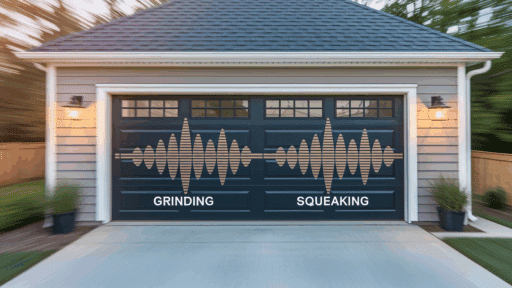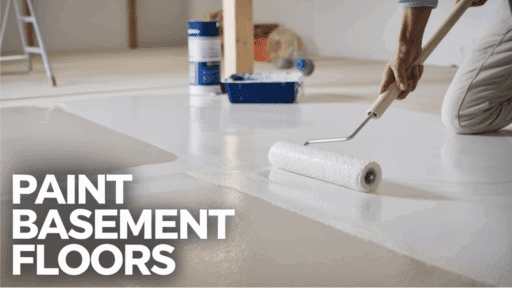When it comes to maintaining a building, it’s easy to focus on the things you can see — floors, windows, lighting, and structural upkeep. But one of the most important aspects of any commercial space is something you can’t see at all: the air quality.
Indoor air can have a direct impact on the health and comfort of the people using the space, as well as on the performance and longevity of the building’s mechanical systems. Whether you manage an office, retail store, school, or healthcare facility, overlooking air quality in your maintenance strategy can lead to long-term problems that are both costly and avoidable.
Why Indoor Air Quality Matters
Poor indoor air quality doesn’t just cause discomfort. It can lead to real health issues like respiratory irritation, headaches, fatigue, and worsening of asthma or allergies. For employees, that can mean more sick days, lower productivity, and higher health-related complaints — all of which affect how smoothly your business runs.
What many people don’t realize is that over time, commercial HVAC systems can accumulate dust, pollen, mold, and other airborne contaminants in their ductwork. If not properly cleaned and maintained, these particles get circulated throughout the entire building. In shared workspaces or public facilities, this can have a serious impact on wellness and comfort.
From a financial perspective, it’s also important to consider what this buildup means for your HVAC system. Dirty ducts and clogged filters can strain the system, reduce efficiency, and drive up energy bills. It also increases the risk of breakdowns and costly repairs — something no facility manager wants to deal with, especially during peak heating or cooling seasons.
A Proactive Approach to Air Quality

Luckily, improving air quality isn’t as complicated as it sounds. It starts with regular maintenance and a proactive mindset. That means routinely replacing air filters, scheduling HVAC inspections, and, most importantly, including duct cleaning as part of your building’s maintenance routine.
When you treat air system upkeep as a necessary part of the job — not just a nice-to-have — you avoid last-minute scrambles and emergency fixes. Instead of reacting to problems, you’re preventing them before they start. That’s why regular maintenance becomes a key operational tool for building managers and owners looking to run efficient, reliable spaces.
Professional duct cleaning services use specialized equipment to remove the dust, allergens, and debris that naturally build up over time. It’s not just about cleaner air — it’s about better airflow, less strain on your systems, and longer-lasting HVAC performance.
Clean Air Supports a Healthy Environment
Clean air also supports other important goals — like creating a positive experience for visitors, maintaining a pleasant environment for staff, and aligning with sustainability initiatives. When your HVAC system doesn’t have to work as hard, you reduce your building’s energy usage and carbon footprint.
Final Thoughts
Air quality should be considered a core part of any building maintenance strategy. It has a ripple effect that touches everything from occupant health and safety to operating costs and system longevity. With a proactive approach and the right maintenance plan, you can create a healthier, more efficient space — and breathe a little easier in the process.








